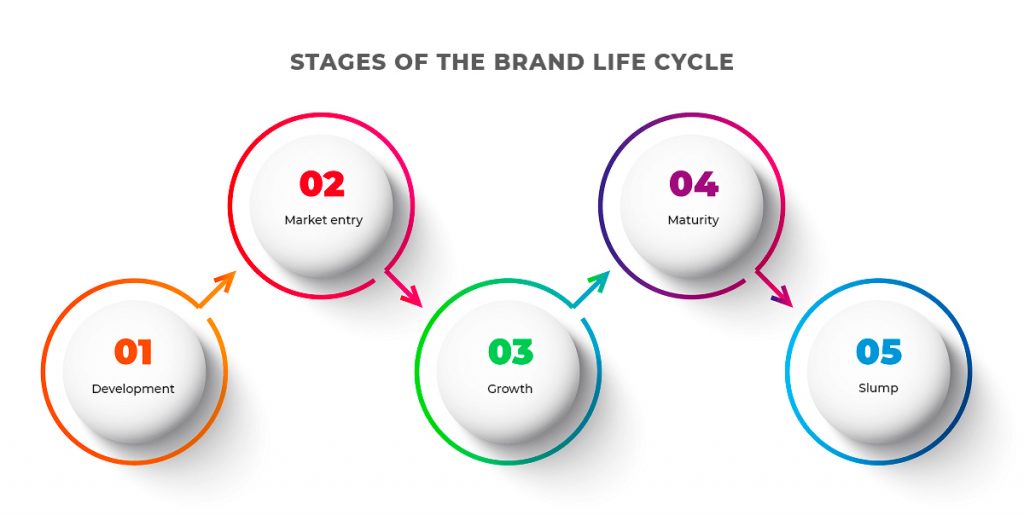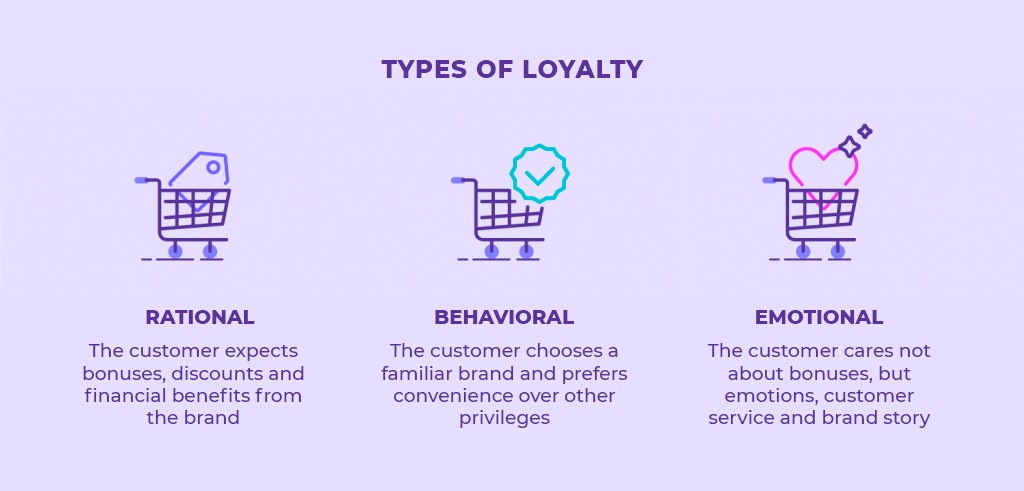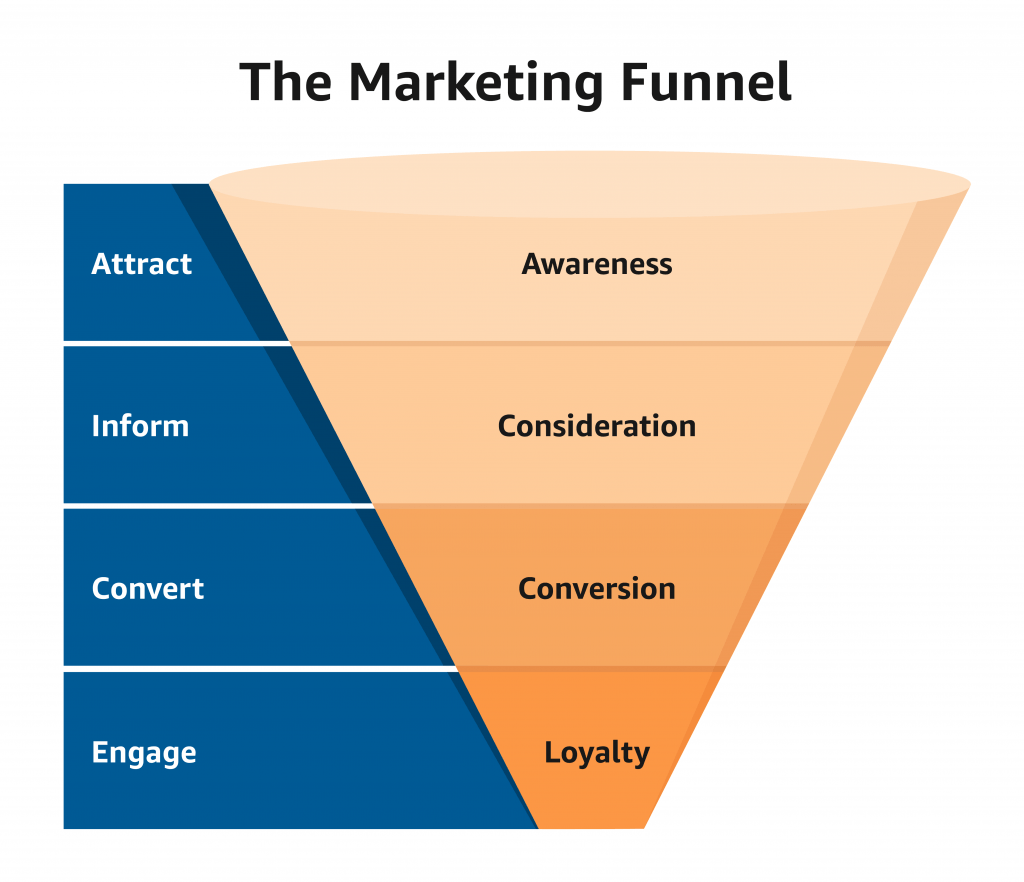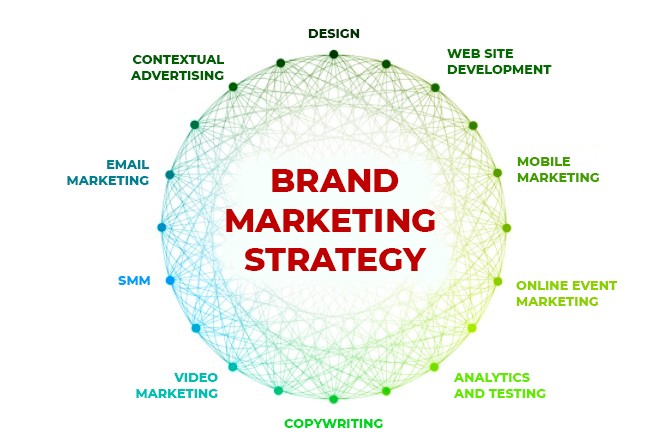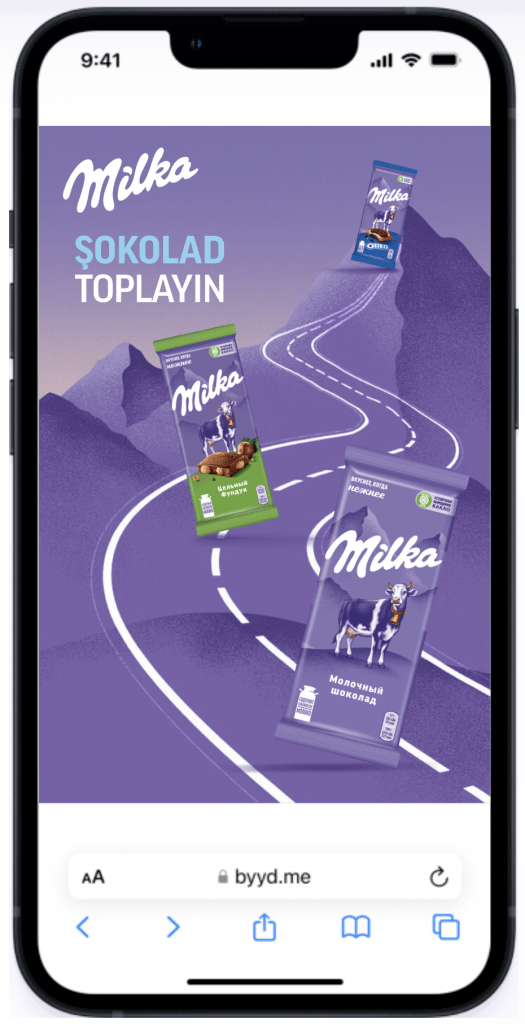How does brand marketing impact on business performance?
Marketing includes a wide range of approaches, each focused on a different business purpose. The choice of direction depends on the company’s goals and set of advertising tools.
All methods are united by the desire to make the product popular, as it directly affects the increase in profits. Each company chooses its own way of promotion and one of the options is to apply a set of brand marketing methods.
What is brand marketing?
In marketing, there is such a concept as the life cycle. It can be applied to various business elements: a client, a product, a service.
The brand is also included in this list.
The cycle involves a series of stages: birth, growth, maturity, decline and death. In the case of a company, the period of birth and active growth can last for a short time (from 2-5 years). Maturity can be artificially prolonged through the efforts of qualified specialists.
This clearly characterizes the direction of brand marketing: it helps the product to take root in the market and – most importantly – in the minds of consumers.
It follows that brand marketing is a set of methods aimed at increasing brand awareness and improving its reputation.
The task of brand direction – to form an image, transfer it into the minds of consumers and strengthen it there.
The main goals of brand marketing
Since this marketing style focuses on increasing brand awareness, its goals are determined by the direction of the company and its desired position within the market.
Among the main objectives of brand marketing are:
- Building brand credibility
The quality of the product, honest communication, and ethical production are always important to the audience. When these points are met, the business has a chance to win the trust and then the love of consumers.
- Increasing brand awareness
Increasing recognition is the fundamental goal of brand marketing. It is what determines whether the user identifies you among other brands. If so, does it choose your product?
To increase visibility, brand specialists analyze competitors and monitor market trends. This helps them stay on-trend and update products to meet the needs of their audiences.
- Market Coverage
It may seem that such a goal doesn’t apply directly to image marketing. However, a good brand reputation makes a person not just a disposable consumer, but a faithful brand advocate.
Coverage also allows products to be available to different categories of consumers, thereby expanding the impact on the target audience.
- Creating brand reputation
Doing business involves feedback, both positive and negative. Brand marketing helps to process the information received and provide users with one that doesn’t damage the company’s image.
However, synthesizing feedback does not mean silencing negative feedback. Problematic situations must be handled in a way that keeps both, the business and the consumer, satisfied.
Why is brand marketing important for business?
Like any form of marketing, brand direction is aimed to attract new customers and increase profits. However, the focus of brand marketing is on establishing and maintaining a close connection between the brand and the person.
The value of such marketing for business is not always obvious. Many people think that if brand strategies don’t give an instant boost to all metrics, then the method isn’t working. That’s not true: a strong brand connection launches customers through the sales funnel, retains old customers, and attracts new ones.
Let’s take a look at the brand marketing tools
- Creating a corporate image and style
Identity is a set of features that make a brand recognizable. This can include fonts, logos, corporate colors of the company, packaging, and more.
Such a collection of visual elements is designed to distinguish the brand among competitors and create a unique image.
- Using programmatic advertising channels
Programmatic advertising is directly aimed at increasing visibility. DSP allows ads to be targeted to those users who are interested in the product or service offered.
Regular repeating of the message promotes assimilation and affects a person’s further choice.
Using BYYD platform advertisers can be sure of good results!
The company is connected to the best SSP systems and data storages – this opens access to high-quality audience segmentation. So, the advertising message is shown only to the target users interested in the product.
- Targeted advertising in social networks
This tool is similar to programmatic and works according to the same rules. Only in this case, ads appear to interested users within social networks, and audience segmentation is performed thanks to local targeting settings.
It’s important to note that the targeting parameters in social network ad accounts are much smaller than in programmatic platforms.
Social media is an important part of brand image building. Because so many people are concentrated on social media, you can’t miss an opportunity to influence them.
It is important to work prospectively here and invest in building a long-lasting relationship with the user.
- E-mail letters
Mailing lists do not always spam or deceive expectations. A good brand communicates with its audience through e-mail letters, offering them useful information and bonuses.
It’s important to get the reader interested through the headline, but the rest of the information should also be useful for the user.
In other words, not only the open rates of letters are important, but also the relevance of the content to the long-term image strategy.
- Raising brand advocates
A brand advocate is a customer who uses a product and recommends it to their community. To grow such a trusted brand ambassador, it’s not enough to like it once. You need to build a strong, trusting relationship step by step.
This relationship is worth it, because a loyal customer will bring new users for free and build loyalty within their circle. The credibility of the brand will only increase from this.
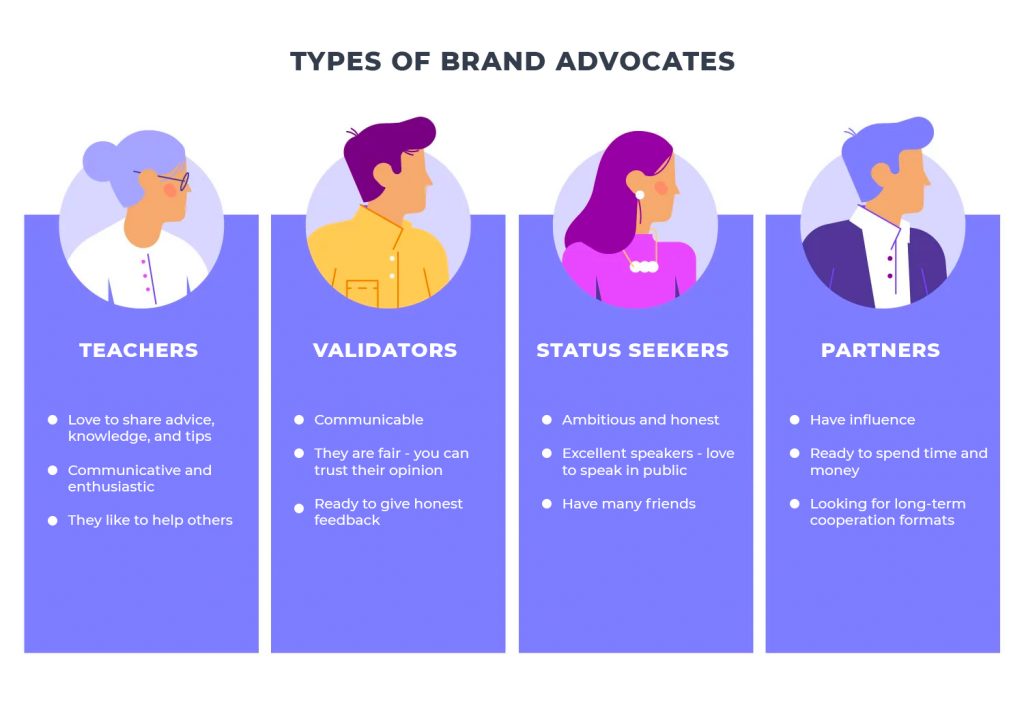
Brand marketing strategies
Brand marketing strategy is a set of tools that help in brand promotion and increase brand awareness. Its development helps to achieve the desired results.

Today there are many brand marketing strategies, each focusing on different brand goals and objectives. Frequently, a large business forms a strategy on its own, combining working tools in different ways.
Let’s take a look at some examples of brand strategies.
Identity recognition + building an emotional connection
As you are walking by the soda shelf, you see a red aluminum can with white lettering on it. With a 90% chance you’ll name a particular well-known brand. This means that the brand identity – the color, the print, and the shape – has worked well.
The same brand also focuses on building an emotional connection in its advertising messages, and specifically on the association with certain emotions.
Every year, in its Christmas ads, the Coca Cola brand shows a truck full of drinks and a smiling Santa Claus. The cross-cutting line of the advertisement is family values and the expectation of a miracle.
The regular and variable repetition of images reinforces the viewer’s associations, and as a result, consumers automatically choose a familiar product.
- SMM + programmatic
DYSON brand actively uses various brand marketing tools within its strategy.
The company uses SMM tools to maintain interest among old and new users. To do this, the business invests in promotion with bloggers, consistently builds communication and works out the objections of users in social networks.
DYSON also uses other brand marketing tools. One of them is mobile advertising based on the BYYD programmatic platform.
Especially for the brand we implemented an advertising campaign, the purpose of which was to attract the user to the site and increase audience awareness of the product.
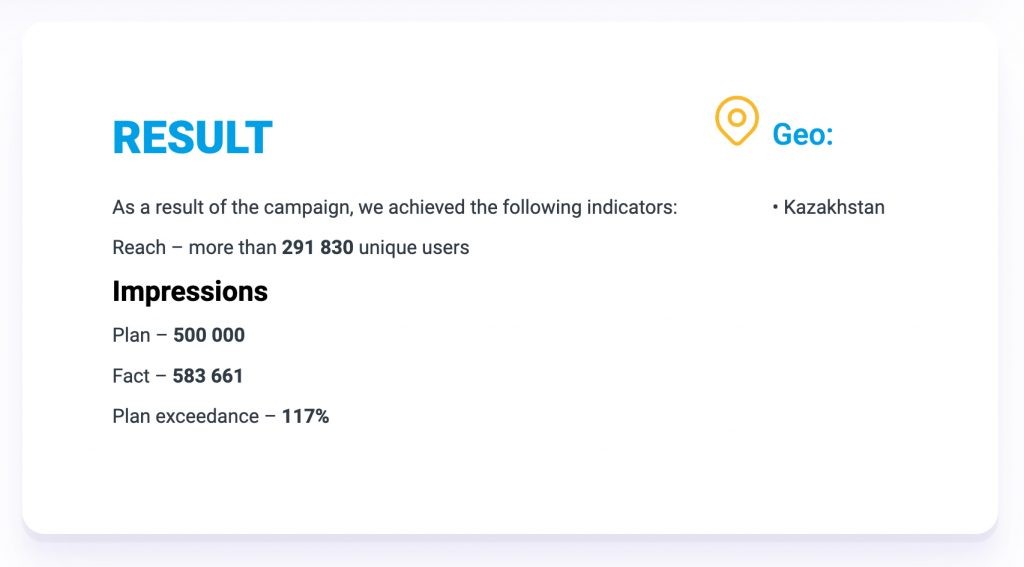
You can see the results of our work on our website.
How does brand marketing solve performance problems?
Brand marketing is often compared to performance marketing. Indeed, in some ways, the directions are similar – both are aimed at attracting new customers, improving performance and generating profits.
However, some experts have a clear line between these concepts. Brand direction relates to the formation of a positive perception of the brand, and performance – only to achieve KPIs. In other words, brand marketing works on quality, and performance on quantity.
But we assume that a good strategy can be formed at the intersection of these two directions.
Everything starts with brand marketing – it performs image tasks and influences brand recognition and good brand reputation.
This direction combines a set of goals – the formation of a positive image of the brand and the achievement of high-quality indicators. This combination is possible due to interactive creatives, competent adjustment of targeting parameters and analysis of the results.
Performance specialists often focus on measurable results over a certain period of time without reference to long-term market conditions. Concentrating only on quick goals and momentary indicators can have a negative impact on brand reputation and decrease the loyalty of the target audience.
Here’s an example: creative with ambiguous content can quickly increase user engagement. But for how long? And how will it affect the company’s reputation?
At BYYD, we create creatives that fit the brand and performance objectives.
Most often businesses choose rich media banners because they can include interesting interaction and discover all the benefits of the business.
That’s why it’s important to start at the beginning of the sales funnel – from brand marketing. And only then connect the performance tools.
Applying the two approaches and their integration will help to properly spread the budget, strengthen the brand image and achieve excellent results.
Summary
- Brand marketing is focused on improving reputation, while performance marketing is based on achieving performance in a certain period of time.
- The company makes its own brand strategy, using a large arsenal of available marketing tools.
- The application of brand and performance marketing will increase audience loyalty, enhance the reputation of the company and raise sales to a new level.
BYYD specializes in achieving image goals through mobile advertising and we actively use performance tools in our work. This helps us to work not only for the future, but also in the moment.
Register on the platform: we will help your business to become recognizable and your KPIs – high.
